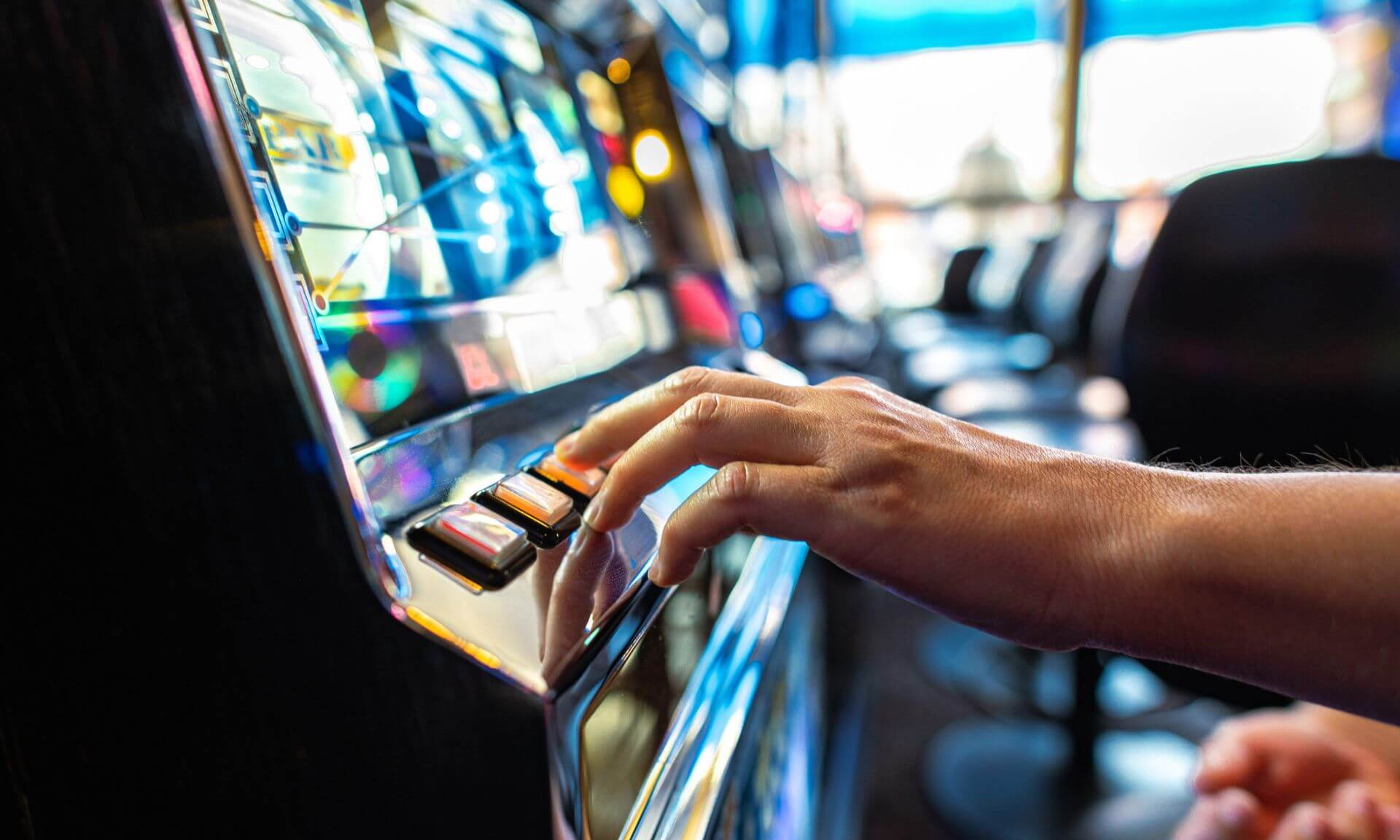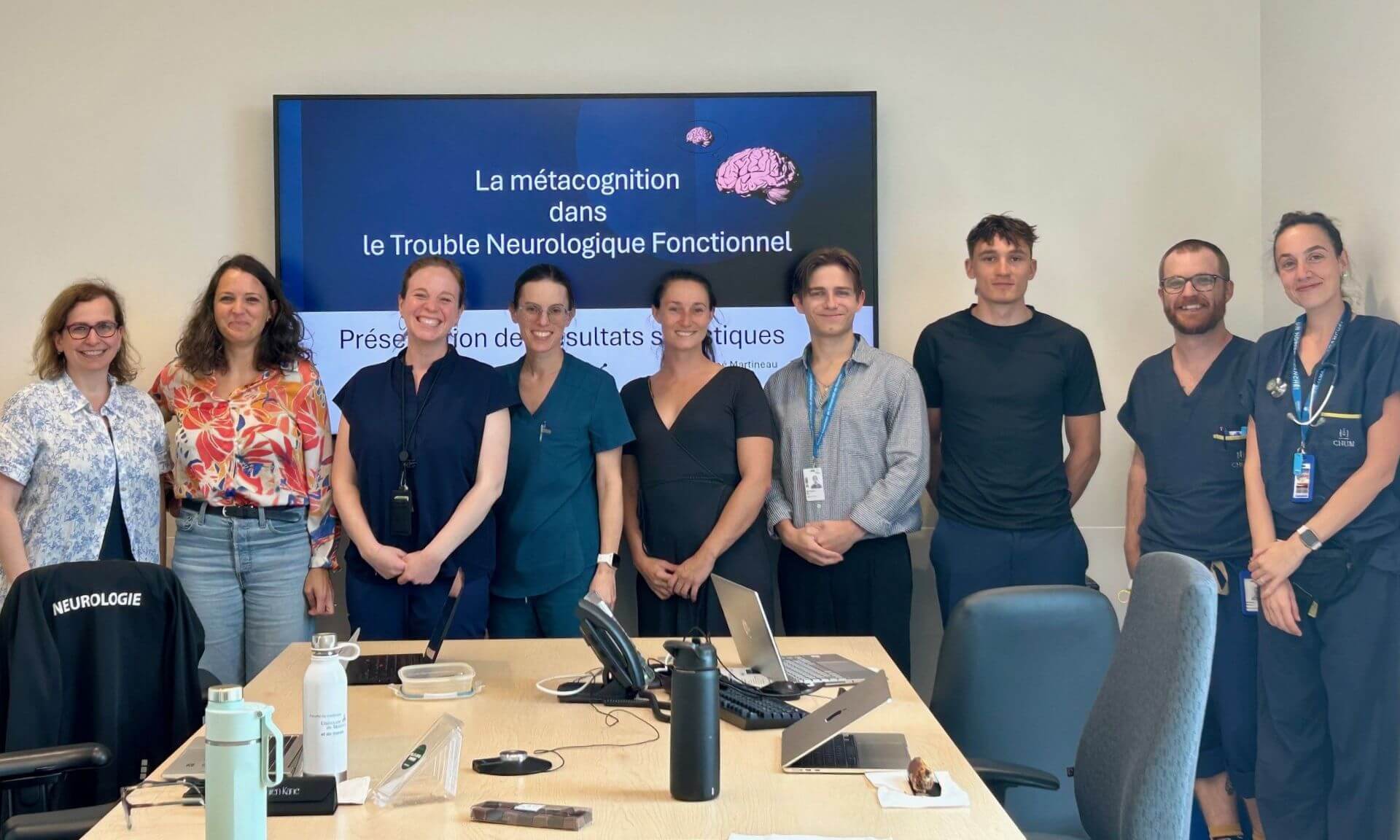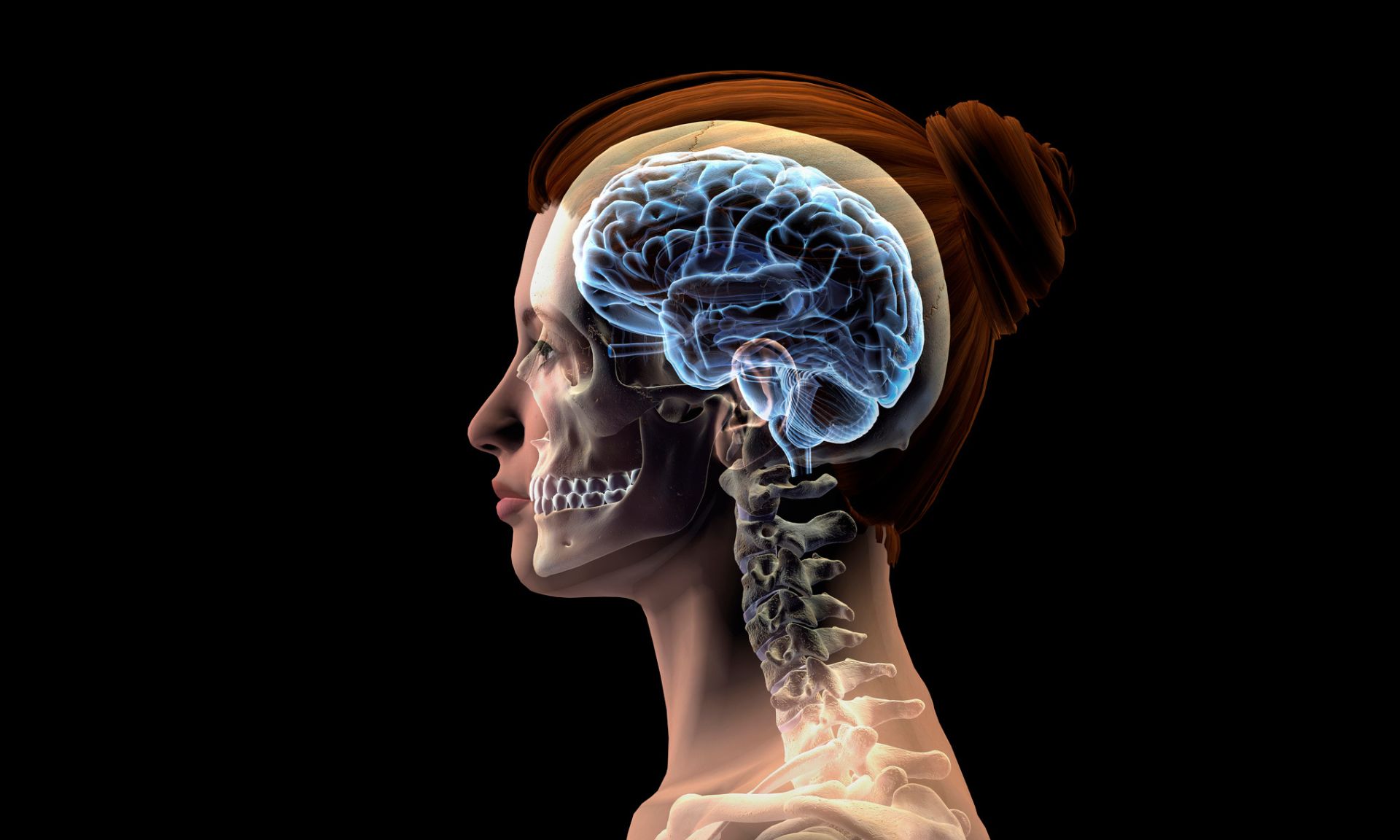No concussion? A blow to the head is still dangerous

In a football game, an athlete takes a bad hit to the head. He doesn’t feel dazed or confused: he seems to have escaped a concussion. However, despite the lack of concussive symptoms, the impact has disrupted the chemical balance in his brain, and this imbalance has consequences.
In a study published earlier this year in the Journal of Neurosurgery, Université de Montréal surgery professor Louis De Beaumont, a clinical neuropsychologist and researcher at the UdeM-affiliated Hôpital du Sacré-Cœur de Montréal research centre, looked into those consequences.
His conclusion? Receiving powerful blows to the head leads to brain toxicity, even when there is no concussion.
20 athletes studied

De Beaumont’s research team reached this conclusion by measuring the neural activity of about 20 male college athletes before and after a full-contact football game, using transcranial magnetic stimulation.
Compared with baseline measurements, football players who received a hit of 40 g (equal to 40 times Earth’s gravity) displayed “cortical disinhibition.”
“The data suggest that a blow that does not produce concussive symptoms can still trigger an excitatory neurometabolic cascade similar to that of a concussion,” De Beaumont said.
“This cascade is caused by a disruption in the delicate balance between glutamate, the brain’s main excitatory neurotransmitter responsible for triggering nerve impulses, and GABA (gamma-aminobutyric acid), the primary inhibitory neurotransmitter responsible for deactivating neurons.”
He added that when this balance is upset, the brain enters an “energy crisis” that can lead to neurons dying.
Can last for weeks
According to De Beaumont, this neurochemical imbalance typically lasts for days or weeks, and its severity is related to the severity of concussion symptoms.
However, repeated activation of the excitatory neurometabolic cascade, which is associated with frequent impacts in contact sports, can lead to lasting disturbances in the homeostasis between glutamate and GABA.
This can cause symptoms that affect memory, balance and mood. Moreover, these concussive symptoms tend to worsen with age, as the aging process reduces brain capacity.
De Beaumont believes that repeated imbalances between glutamate and GABA could increase the risk of developing neurological conditions such as amyotrophic lateral sclerosis (ALS), chronic traumatic encephalopathy (CTE) and mood disorders.
One or more blows
Athletes who receive a head impact but have no concussion symptoms often stay on the field and continue playing. However, De Beaumont’s results suggest that receiving one or more further blows increases the excitotoxic response, making the athlete more susceptible to concussion during the game.
Knowing this, measuring brain activity and systematically monitoring the force of head impacts during every game and practice could be useful for injury prevention in contact sports, he said.
“We could be on the sidelines, measuring the relationship between powerful head impacts and the brain’s excitatory response. The information gathered could eventually provide teams with an objective measure for pulling athletes from the field as a precaution, if it’s deemed the risk’s not worth it.”



